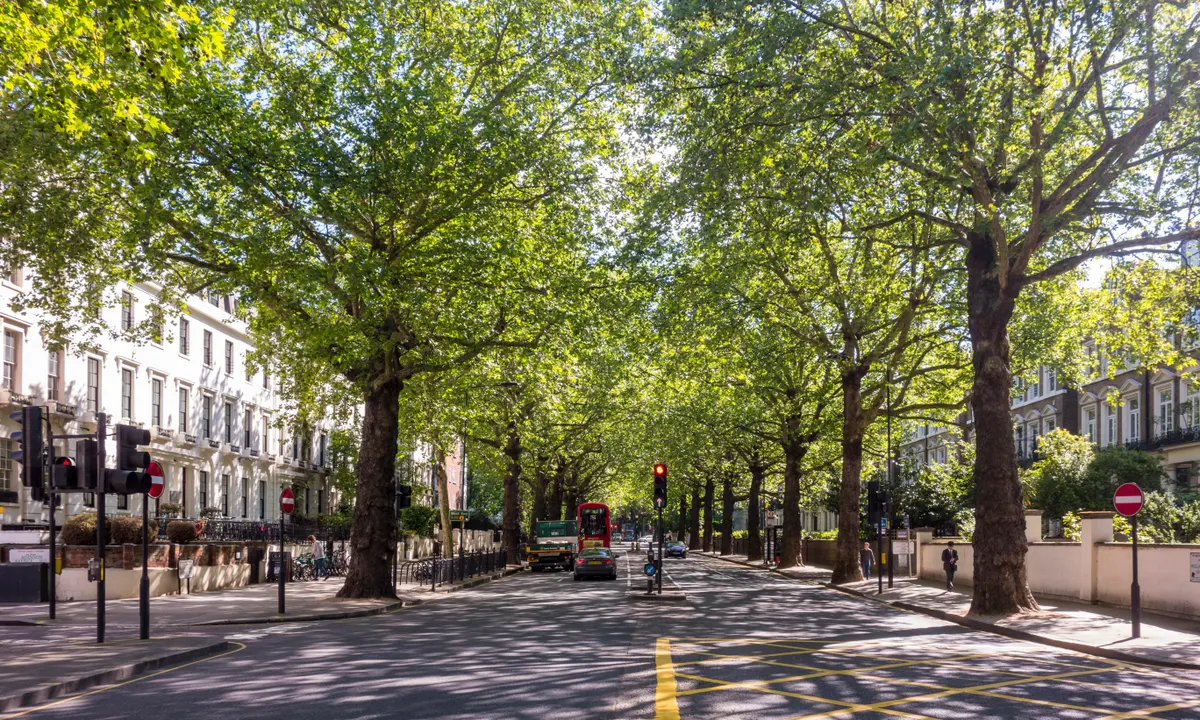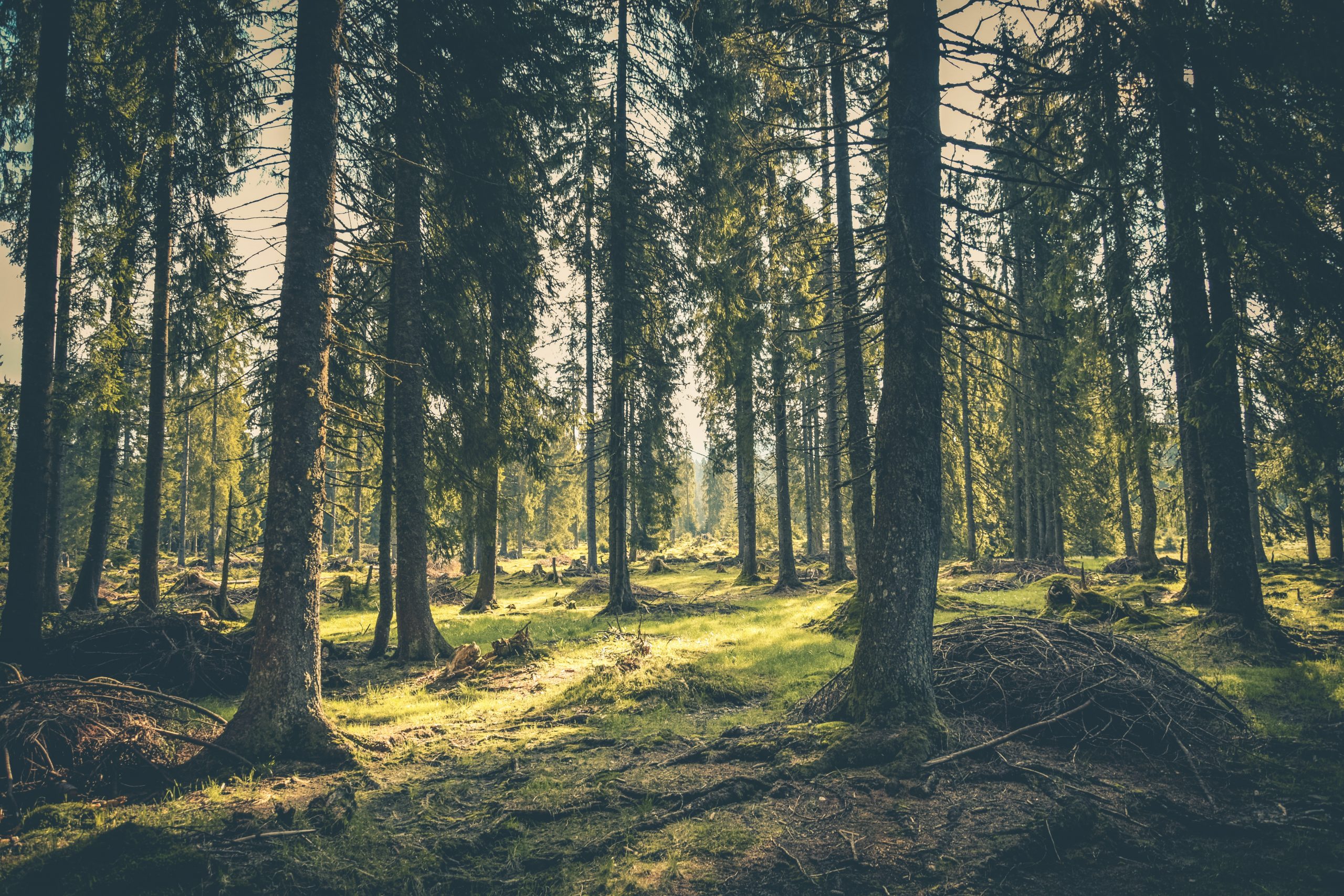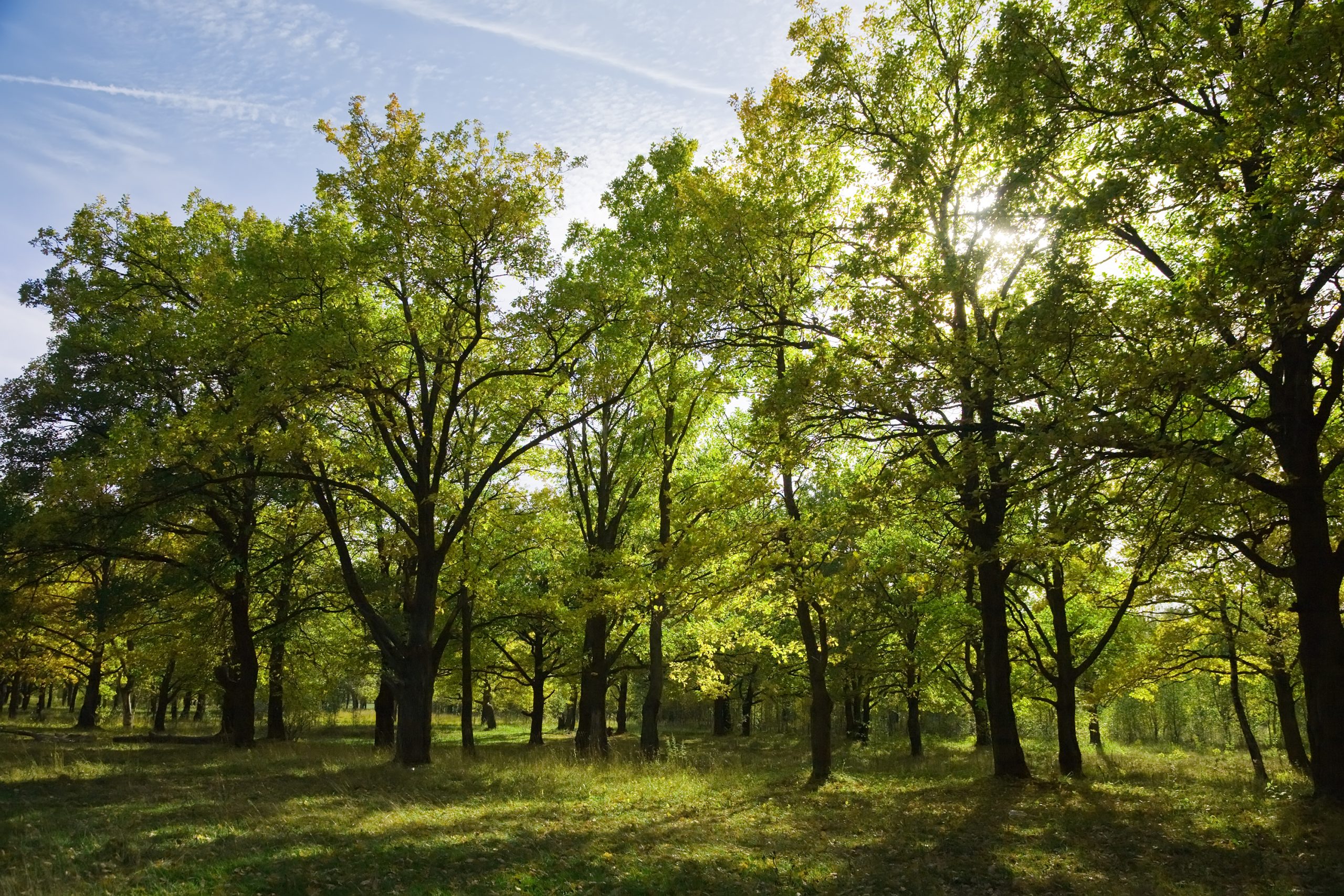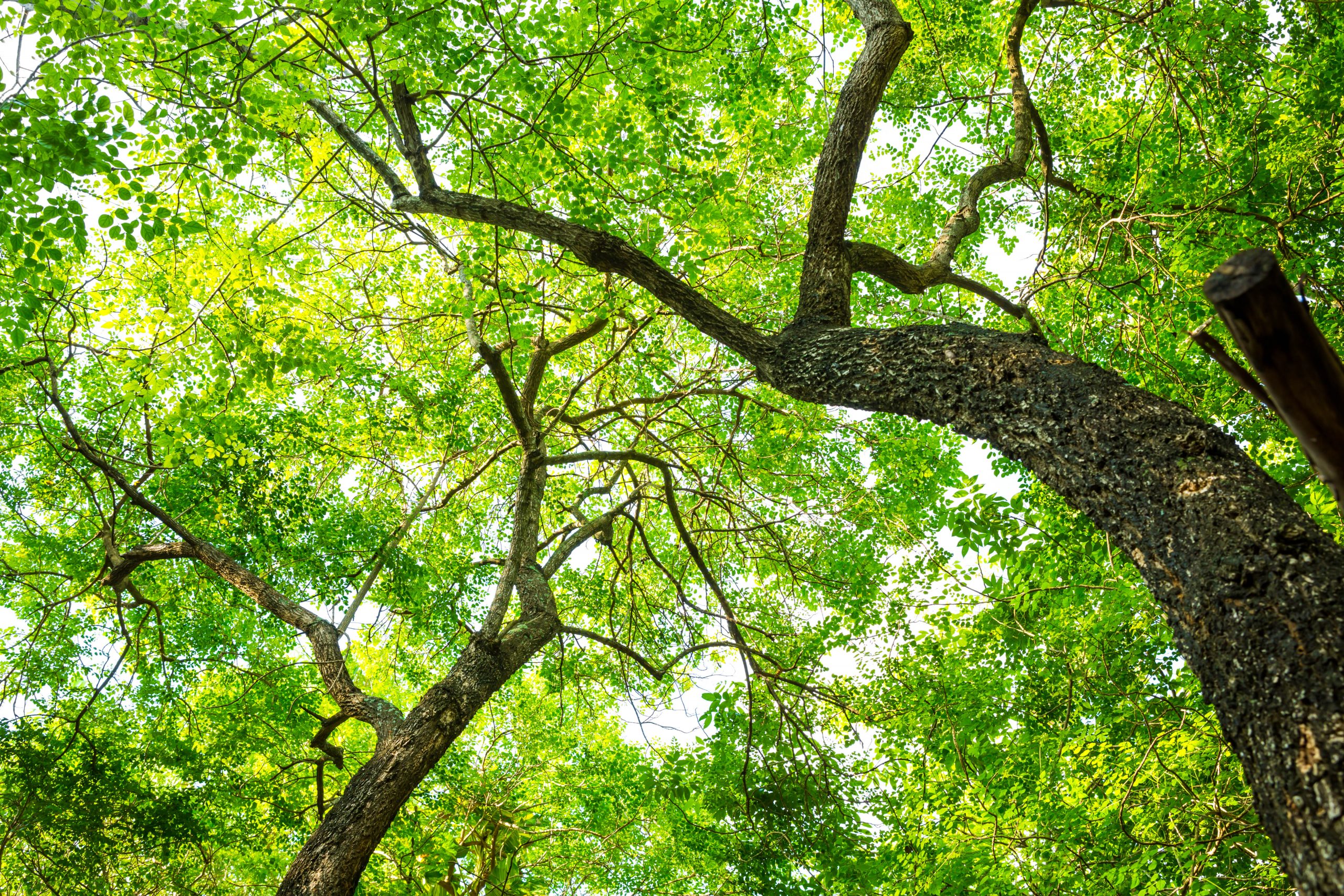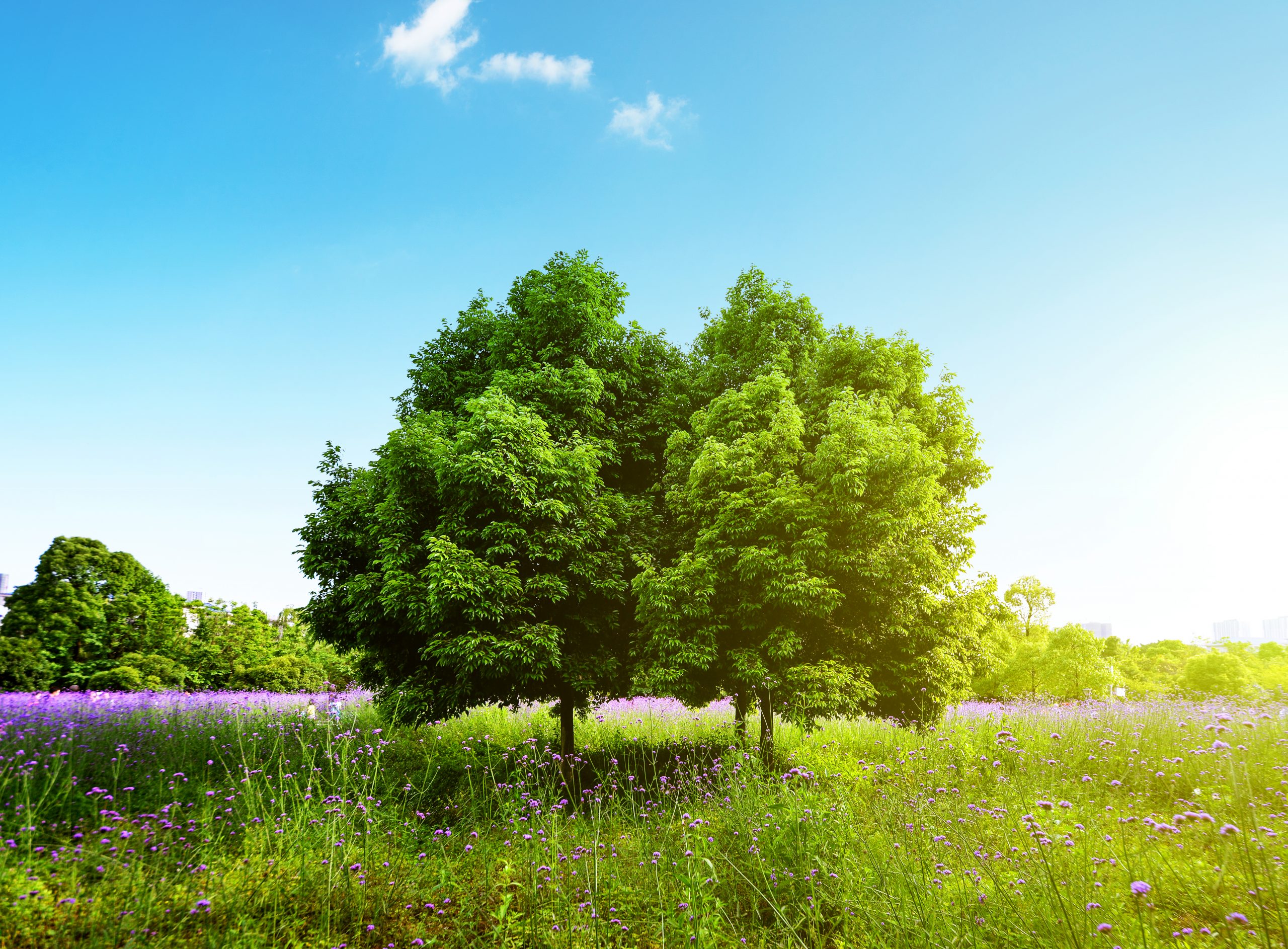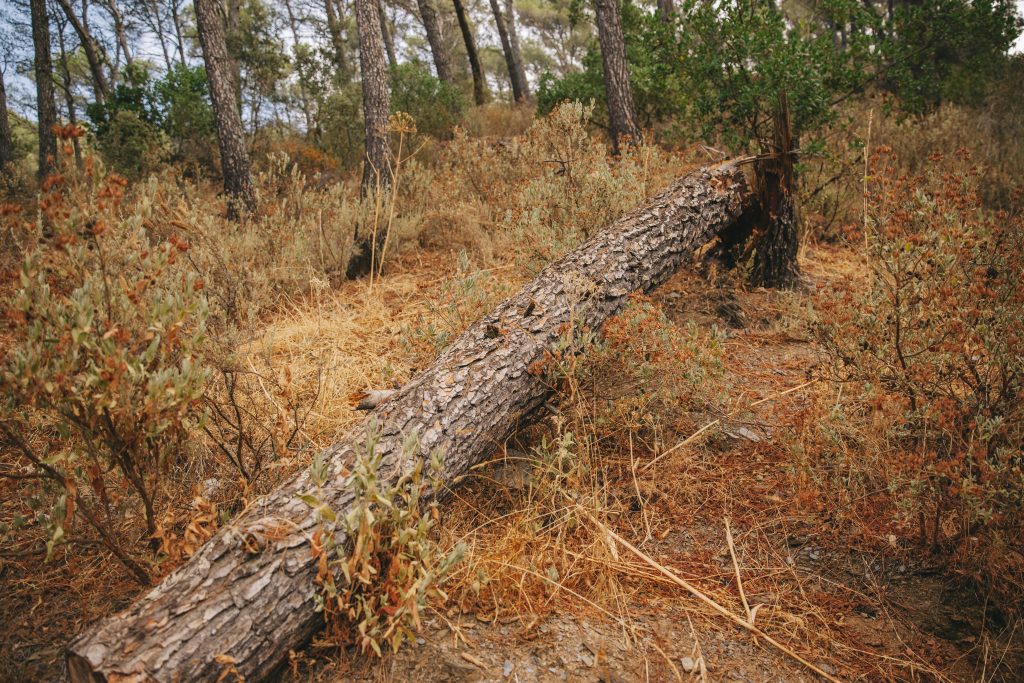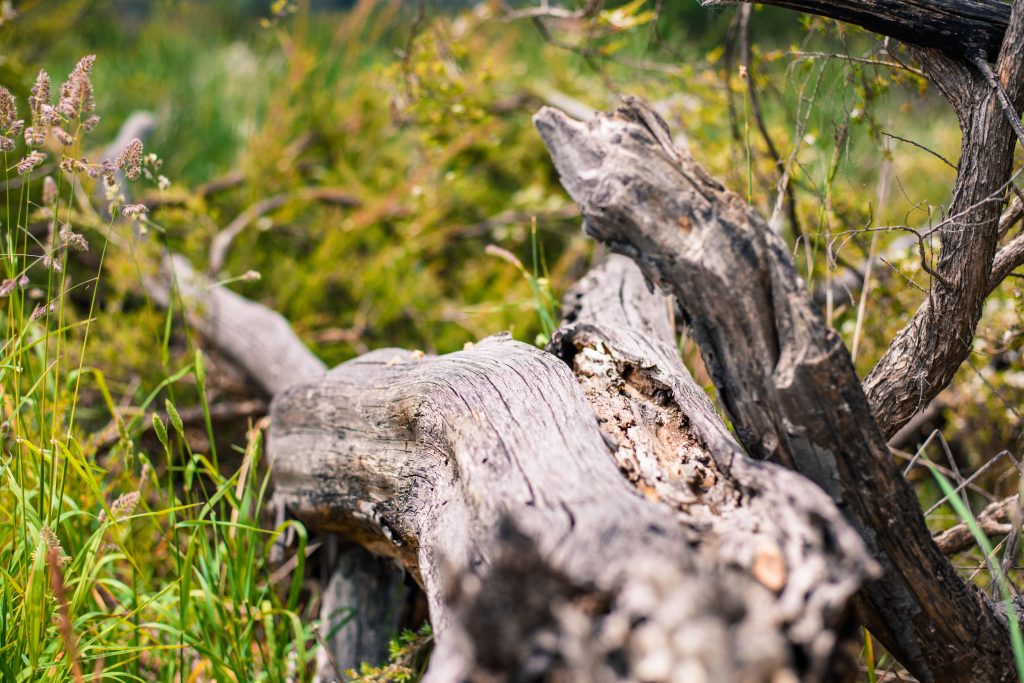After Tree Removal What Can I Plant if Bacterial Cankor Was in the Tree?
After Tree Removal What Can I Plant if Bacterial Cankor Was in the Tree?
Looking to replace a tree after it has been removed due to bacterial cankor? Wondering what options are available? Look no further! In this article, we’ll explore the history of bacterial cankor, its traits, and the steps you can take to replace your tree successfully. We’ll also highlight some dos and don’ts and provide key takeaways to ensure you make the right choices. So, let’s dive in and discover what you can plant after tree removal if bacterial cankor was present.
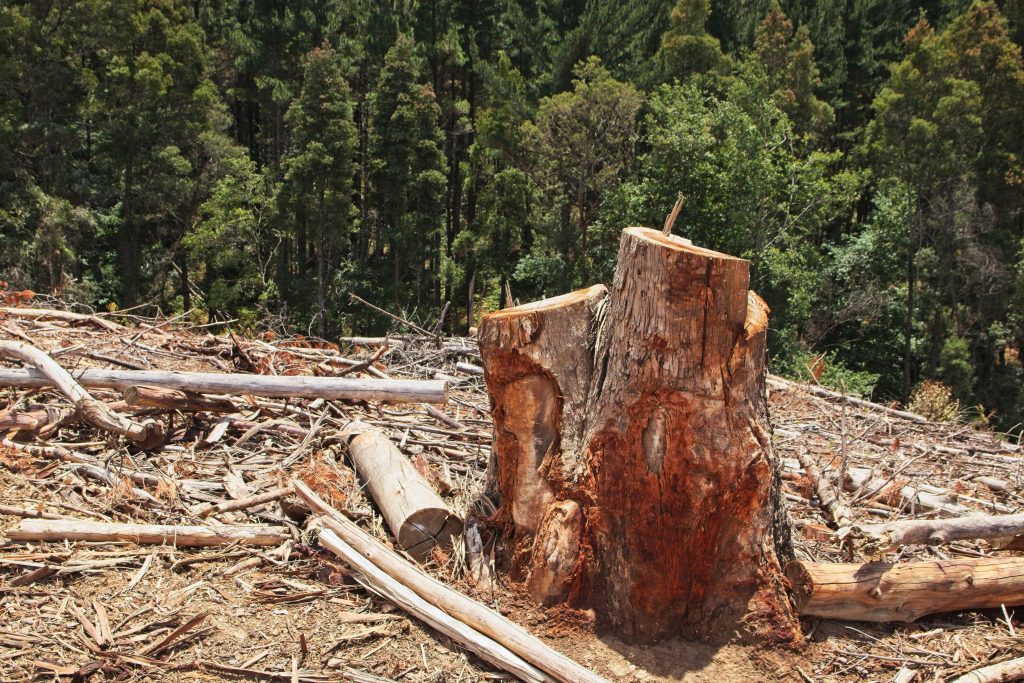
Key Takeaways
- Choose disease-resistant tree species and plant varieties, such as Liberty Apple, Redhaven Peach, American Elm ‘Valley Forge’, and London Plane Tree.
- Follow proper preparation and planting techniques, including soil preparation, soil testing, debris removal, wide and shallow holes, and thorough watering.
- Implement good long-term tree care practices, such as sanitation, monitoring tree health, pruning infected branches, and providing adequate irrigation and balanced fertilization.
- Seek expert consultation from horticulturists or agricultural extension services for recommendations on disease-resistant plants, proper sanitation practices, and soil health improvement.
Introduction: Bacterial Cankor and Tree Replacement Options
If bacterial cankor was present in your tree and it had to be removed, you might be wondering what options you have for replacing it. Bacterial cankor is a destructive disease that can cause extensive damage to trees, leading to their decline and eventual death. To prevent the spread of this disease and ensure the health of your new tree, it is important to consider the following tree replacement strategies:
- Choose a resistant species: Certain tree species are more resistant to bacterial cankor than others. Research and select a tree species that has shown resistance to this disease in your area.
- Practice proper planting techniques: When replanting, ensure that you follow proper planting techniques to promote the healthy establishment of your new tree. This includes preparing the soil, planting at the correct depth, and providing adequate water and nutrients.
- Implement good sanitation practices: To prevent the introduction and spread of bacterial cankor, it is crucial to practice good sanitation. This involves removing and destroying any infected plant material and disinfecting tools used during tree removal and planting.
- Monitor and maintain tree health: Regularly monitor your new tree for any signs of bacterial cankor or other diseases. Implement appropriate preventive measures, such as pruning dead or infected branches, to maintain the health of your tree.
Bacterial Cankor History
Learn about the history of bacterial cankor and what types of plants are resistant to it. Bacterial cankor, also known as bacterial blight, is a destructive disease that affects a variety of plants, including trees. It is caused by the bacterium Pseudomonas syringae, which infects the vascular system of the plant, leading to cankers, or necrotic lesions, on the branches and trunk.
The history of bacterial cankor dates back to the early 20th century, when it was first identified as a disease affecting fruit trees. Since then, it has spread to a wide range of plants, including ornamental trees, shrubs, and even some vegetable crops.
Preventing bacterial cankor is essential to protect your plants. There are several strategies you can employ to minimize the risk of infection. These include maintaining proper plant hygiene, such as pruning infected branches and disposing of them properly. Regularly monitoring your plants for signs of infection and applying appropriate fungicides can also help prevent the spread of the disease.
When it comes to tree replacement strategies, it is important to choose plants that are resistant to bacterial cankor. Some trees, such as certain varieties of apple, pear, and cherry, have been bred to be more resistant to the disease. By selecting these resistant varieties, you can reduce the risk of bacterial cankor in your garden or orchard.
Now that you have learned about the history of bacterial cankor and the types of plants that are resistant to it, let’s move on to some tips for planting after tree removal.
Tips
When it comes to planting after removing a tree affected by bacterial canker, there are several important factors to consider. First, you should explore disease-resistant plant options that are less susceptible to bacterial canker. Additionally, proper soil preparation techniques will play a crucial role in creating a healthy environment for the new plants. Finally, seeking expert consultation and following their recommendations will ensure that you make informed decisions and increase the chances of successfully establishing disease-resistant plants in the area.

Disease-Resistant Plant Options
Consider planting disease-resistant varieties such as apple trees, which can help prevent the spread of bacterial canker. Disease-resistant plants have the benefit of being less susceptible to various illnesses, including bacterial canker, which can devastate your garden. By choosing disease-resistant varieties, you can minimize the risk of your new plants becoming infected and ensure a healthier garden overall. When selecting disease-resistant plants, it is important to also consider soil health. Healthy soil provides the necessary nutrients and support for plants to thrive. Ensure your soil is well-drained and properly amended with organic matter. This will create an optimal environment for disease-resistant plants to grow and flourish. Now that you have chosen disease-resistant varieties, let’s move on to soil preparation techniques to further enhance the success of your garden.
Soil Preparation Techniques
Now that you’ve chosen disease-resistant varieties, let’s explore how to prepare your soil for optimal growth. Proper soil preparation is crucial for the success of your disease-resistant plant options. Start by removing any existing vegetation or weeds from the planting area. This will eliminate competition for nutrients and help prevent the spread of diseases. Next, loosen the soil using a garden fork or tiller to improve aeration and drainage. If your soil is lacking in organic matter, consider adding compost or well-rotted manure to enhance nutrient content and soil structure. It’s also important to test the pH level of your soil and make any necessary adjustments to ensure it is within the optimal range for the selected plants. Finally, make sure to water the soil thoroughly before planting to provide a moist environment for the roots to establish. With these soil preparation techniques, you’re setting the stage for healthy and disease-resistant plants to thrive.
Expert Consultation Recommendations
For personalized guidance, it’s advisable to seek expert consultation from a local horticulturist or agricultural extension service. These professionals have the knowledge and expertise to provide you with the best advice on planting strategies after tree removal, especially if bacterial canker was present in the tree. They can assess the specific conditions of your soil, climate, and other factors to recommend the most suitable plants that are resistant to bacterial canker or other diseases. Expert advice is crucial in preventing the spread and recurrence of bacterial canker, as they can guide you on proper sanitation practices and the use of disease-resistant plant varieties. By consulting with these experts, you can ensure that you make informed decisions and take the necessary precautions to protect your new plantings from the traits of bacterial canker, such as canker formation and branch dieback.
Traits of Bacterial Cankor
If bacterial canker was present in the tree, you should avoid planting susceptible tree species in the same area. Bacterial canker is a destructive disease that affects a wide range of tree species, causing cankers, wilting, and dieback. To prevent the spread of this disease, it is crucial to select tree species that are resistant to bacterial canker. When choosing new trees, ensure that they have been bred or selected for their resistance to this disease. Look for varieties that have been specifically developed to withstand bacterial canker and have a proven track record of resistance. Consulting with local experts or arborists can provide valuable insights into the best disease-resistant tree species for your area.
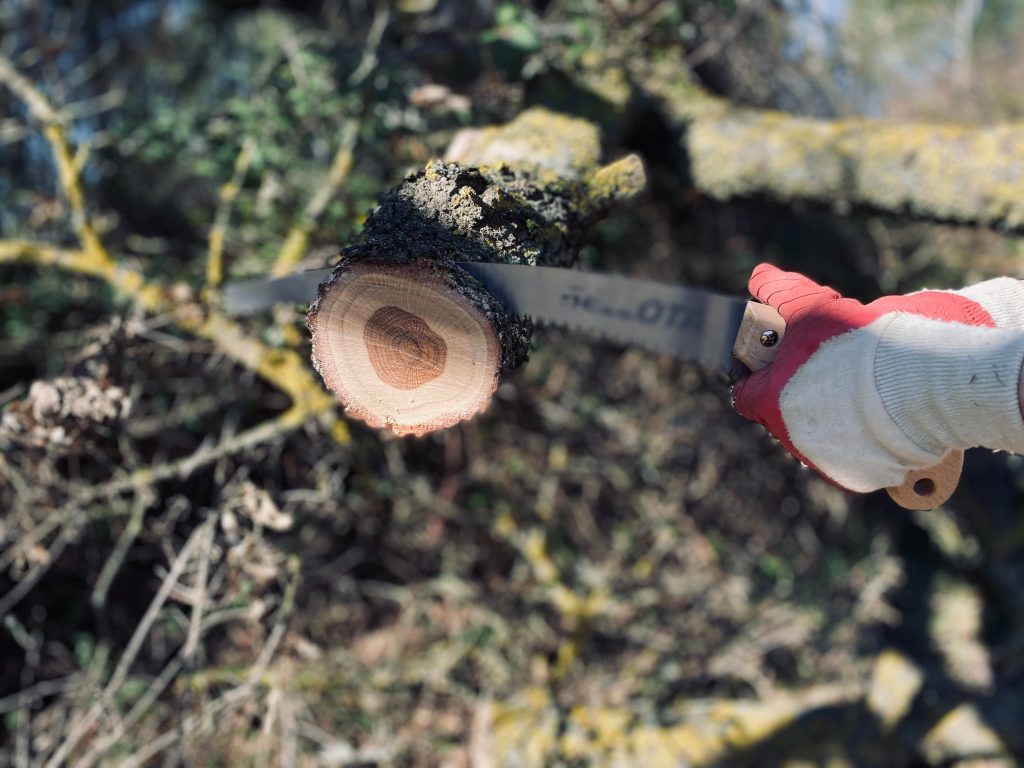
By planting disease-resistant tree species, you can minimize the risk of bacterial canker and protect the health of your landscape. Some common choices for disease-resistant trees include certain varieties of oak, maple, and cedar. These trees are less vulnerable to bacterial canker and have a higher chance of thriving in an area where the disease was previously present. Additionally, implementing proper tree care practices, such as regular pruning to remove infected branches and maintaining optimal soil conditions, can further enhance the resistance of your trees against bacterial canker.
In order to replace trees after bacterial canker, there are several steps you can take to ensure a successful transition and minimize the risk of reinfection.
Steps to Replace Trees After Bacterial Cankor
To successfully replace trees following bacterial canker, it’s important to carefully select disease-resistant species and implement proper planting techniques. Here are four key steps to help you in the process:
- Choose disease-resistant tree options: Look for tree species that have been bred or naturally selected for resistance to bacterial canker. Some common disease-resistant options include the Liberty Apple, the Redhaven Peach, the American Elm ‘Valley Forge’, and the London Plane Tree.
- Prepare the planting site: Before planting new trees, it’s essential to ensure the soil is well-drained and free from any infected debris. Remove any remnants of the previous tree, as they may still contain the bacteria causing canker. Consider soil testing and amendment to create optimal growing conditions for the new trees.
- Plant correctly: Dig a hole that is wide and shallow to encourage proper root growth. Place the tree in the hole, making sure the root collar is level with the ground. Backfill with soil, gently firming it around the roots. Water thoroughly after planting to settle the soil and remove any air pockets.
- Provide long-term tree care: Regularly monitor the trees for signs of disease and take appropriate action if necessary. Proper pruning techniques, adequate irrigation, and balanced fertilization can promote healthy growth and minimize the risk of bacterial canker.
Goals
Now, let’s discuss what your goals should be when replacing trees affected by bacterial canker. When choosing disease resistant tree options, it is crucial to prioritize the health and longevity of your new trees. You want to select trees that are not only resistant to bacterial canker but also well-suited to your specific climate and soil conditions. Additionally, it is important to consider the aesthetic value and functionality of the trees for your landscape.
To help guide your decision-making process, here is a table outlining some disease resistant tree options and their characteristics:
| Tree Species | Disease Resistance | Growth Rate | Mature Height | Soil Adaptability |
|---|---|---|---|---|
| Oak | High | Slow | Tall | Wide Range |
| Maple | Moderate | Medium | Medium | Well-drained |
| Dogwood | High | Slow | Short | Acidic |
| Cherry | Low | Fast | Medium | Loamy |
| Birch | Moderate | Fast | Tall | Moist |
Habits and Tree Replacement Options
Now that you have established your goals for replacing the tree after bacterial canker, it’s important to develop good habits and consider tree replacement options that prioritize disease resistance. When it comes to tree planting, there are several factors to consider to ensure successful growth and long-term health.
First, choose a site that provides adequate sunlight, proper soil drainage, and sufficient space for the new tree to thrive. This will help reduce the risk of disease and promote healthy development. Additionally, consider selecting a tree species that is known for its disease resistance. Consult with local nurseries or arborists to identify trees that are less susceptible to bacterial canker or other common diseases in your area.
When planting the new tree, follow proper planting techniques, such as digging a hole that is wide and shallow, rather than deep. This encourages the growth of a strong root system. Be sure to water the tree regularly, especially during the establishment period, to promote healthy growth.
A Real-Life Story
If you’re looking for inspiration on successfully replacing a tree after disease, let me share with you a real-life story that highlights the importance of good habits and disease-resistant tree selection. One of my clients, let’s call him John, experienced the devastating effects of bacterial canker on his beloved cherry tree. John had always taken great care of his tree, but unfortunately, it succumbed to the disease. Determined to find a suitable replacement, he sought expert advice and learned from real-life experiences.
John discovered that choosing disease-resistant tree varieties is crucial for long-term success. With the guidance of an arborist, he selected a cultivar known for its resistance to bacterial canker. This decision proved to be a game-changer. The new tree thrived, showing no signs of disease even when nearby trees were affected.
John’s real-life experience emphasizes the importance of not only replacing a tree after disease but also making informed choices based on expert advice. By selecting disease-resistant varieties, you increase the likelihood of a healthy, thriving tree in the future.
Now, let’s dive into some insightful quotes from experts in the field, who provide valuable guidance on successfully replacing a tree after disease.
Quotes
Choosing disease-resistant tree varieties is crucial for long-term success, as highlighted by John’s real-life story. When it comes to disease-resistant tree options, there are several varieties to consider. Some popular choices include the American elm, which is resistant to Dutch elm disease, and the Liberty apple, which is resistant to apple scab. These varieties have been specifically bred to withstand common diseases and pests, making them a wise choice for your landscape.
In addition to selecting disease-resistant tree varieties, proper soil preparation techniques are essential. Before planting, it is important to test the soil pH and fertility levels. Adjustments can be made by adding organic matter or specific fertilizers to create an optimal growing environment for your trees. Adequate drainage is also crucial to prevent waterlogged soil, which can lead to root rot and other diseases.
By choosing disease-resistant tree varieties and implementing proper soil preparation techniques, you are setting yourself up for success in maintaining a healthy and vibrant landscape. These steps will help ensure that your trees are able to resist common diseases and thrive in their environment.
Now, let’s delve into some secrets to further enhance the health and longevity of your trees.
Secrets
To enhance the health and longevity of your trees, it’s essential to regularly prune them to promote proper growth and prevent the spread of diseases. Pruning is a vital technique that can help maintain the overall well-being of your trees. But how can you ensure that you’re doing it right? Well, here are some secrets and tips to help you become a master pruner.
First and foremost, always use sharp and clean tools. Dull blades can cause unnecessary damage to the tree, and dirty tools may introduce harmful pathogens. Secondly, make sure you prune at the right time of year. Different tree species have different optimal pruning periods, so do your research or consult an expert to determine the best time for your specific tree.
Another secret is to prune strategically. Focus on removing dead, damaged, or diseased branches, as well as those that are crossing or rubbing against each other. By eliminating these problematic branches, you’ll improve the tree’s structure and allow for better airflow and light penetration.
Lastly, don’t forget to remove any suckers or water sprouts that may emerge from the base or trunk of the tree. These vigorous shoots can divert energy away from the main branches and hinder proper growth.
By following these secrets and tips, you’ll be on your way to becoming a skilled pruner and ensuring the health and longevity of your trees.
Lessons and Insights
Now that you know the secrets and tips of proper pruning, let’s delve into some valuable lessons and insights about tree care. When it comes to maintaining healthy trees, there are a few key lessons that every homeowner should keep in mind.
Firstly, it is crucial to regularly inspect your trees for any signs of disease or damage. Catching issues early on can help prevent further spread and potential tree loss. Additionally, understanding the specific needs of different tree species is essential for providing proper care. Each tree requires specific amounts of water, sunlight, and nutrients, so it’s important to do your research and provide the ideal conditions.
Insightful tree care also involves learning about common pests and diseases that can affect your trees. By familiarizing yourself with these issues, you can take proactive measures to prevent infestations and infections. Regularly monitoring and addressing pest and disease problems can significantly extend the lifespan of your trees.
Benefits of Planting Disease-Resistant Trees After Bacterial Cankor
Understanding the benefits of planting disease-resistant trees helps ensure the long-term health and vitality of your landscape. When it comes to dealing with bacterial canker, selecting disease-resistant options is crucial in preventing the spread of this destructive disease. By choosing trees that have been bred or genetically modified to resist bacterial canker, you can significantly reduce the risk of future infections and protect the overall health of your landscape.
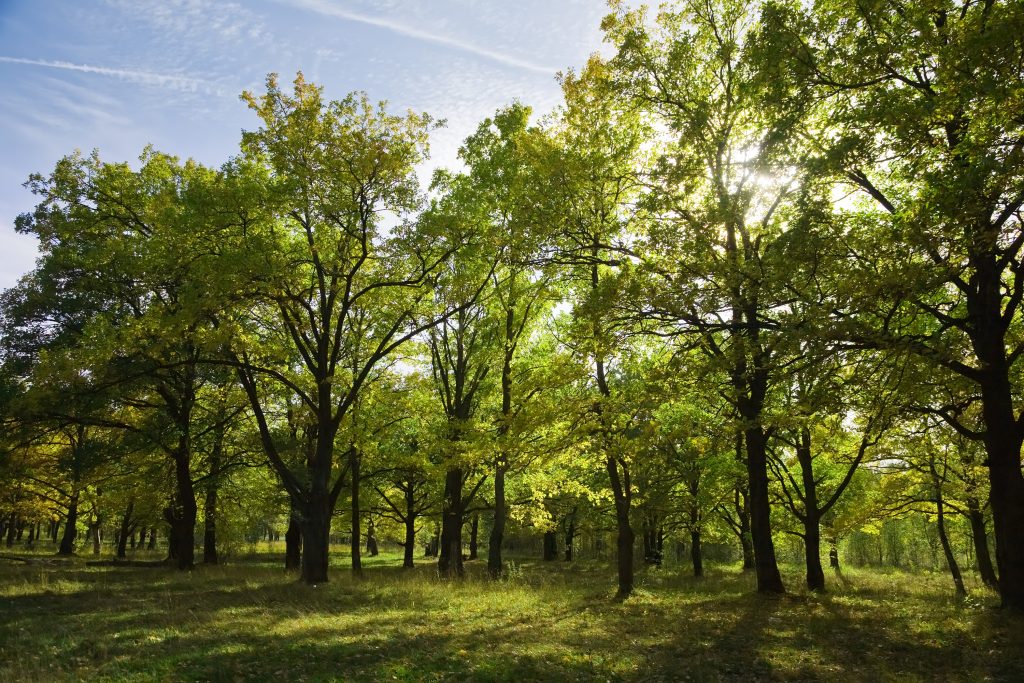
One of the key benefits of planting disease-resistant trees is the increased likelihood of long-term survival. Trees that are resistant to bacterial canker have a higher chance of withstanding and recovering from infections, ensuring that your landscape remains vibrant and healthy for years to come. Additionally, disease-resistant trees require less maintenance and fewer interventions, saving you time and effort in the long run.
Furthermore, disease-resistant trees contribute to the overall ecological balance of your landscape. By planting these trees, you are creating a more resilient and diverse ecosystem that can better withstand disease outbreaks and environmental stressors. This can have a positive impact on the surrounding vegetation, wildlife, and even the air quality in your area.
Lessons
When considering alternative tree options after removing a tree affected by bacterial canker, there are several key points to keep in mind. First, it is crucial to choose disease-resistant plant varieties to minimize the risk of future infections. Additionally, soil health considerations should be taken into account to ensure optimal conditions for the new trees to thrive. By carefully considering these factors, you can make informed decisions and create a healthier and more resilient landscape.
Alternative Tree Options
Consider planting disease-resistant tree species to replace the tree affected by bacterial canker. When choosing alternative tree options, it is crucial to select disease-resistant plant varieties to avoid the recurrence of bacterial canker. Look for tree species that have been bred or genetically modified to resist this particular disease. Some examples of disease-resistant tree species include the American elm, which is resistant to Dutch elm disease, and the Liberty apple, which is resistant to apple scab. These disease-resistant options provide a viable solution to replanting after tree removal. By selecting disease-resistant plant varieties, you can ensure the health and longevity of your new trees, minimizing the risk of future disease outbreaks. Transitioning into the subsequent section about disease-resistant plant varieties, it is important to understand the different options available to you.
Disease-Resistant Plant Varieties
There are several disease-resistant tree species available that can prevent the recurrence of bacterial canker. When choosing new trees to plant after tree removal, it is crucial to select disease-resistant plant varieties. These varieties have been specifically bred to withstand and combat diseases such as bacterial canker. Some examples of disease-resistant tree species include the Liberty apple, which is resistant to apple scab and fire blight, and the Emerald Green arborvitae, which is resistant to multiple diseases, including bacterial canker. To ensure the success of these disease-resistant trees, proper soil preparation techniques should be employed. This includes removing any remaining roots or debris from the previous tree, amending the soil with organic matter, and ensuring proper drainage. By selecting disease-resistant plant varieties and employing effective soil preparation techniques, you can establish a healthier and more resilient landscape. Now, let’s delve into the important considerations for soil health.
Soil Health Considerations
Now that you have considered disease-resistant plant varieties, it is important to focus on the health of your soil before planting. Soil testing is a crucial step in this process. By analyzing your soil’s nutrient levels and pH, you can determine its fertility and make informed decisions about which plants will thrive. Additionally, soil testing can help identify any deficiencies or imbalances that may have contributed to the bacterial canker in your previous tree. Once you have the results, you can take steps to improve your soil’s health. One effective approach is to use organic fertilizers, which provide nutrients while also enhancing the soil’s structure and promoting beneficial microbial activity. With a well-balanced and fertile soil, you can create an optimal environment for your new plants to grow and thrive. Now, let’s explore some routines for maintaining a healthy garden.
Routines
You should establish new planting routines to prevent the spread of bacterial canker after tree removal. Incorporating new habits and secrets into your routine will help ensure the health and well-being of your future plantings. When it comes to preventing the spread of bacterial canker, there are several key factors to consider.
Firstly, it is essential to remove all infected plant material and debris from the area. This includes not only the tree itself, but also any fallen leaves or branches that may harbor the bacteria. Proper disposal of this material is crucial to prevent further contamination.
Next, you should thoroughly clean and disinfect any tools or equipment used during the removal process. Bacterial canker can easily be spread from one plant to another through contaminated tools, so it is important to take the necessary precautions.
Another important routine to establish is regular monitoring and inspection of your new plantings. By keeping a close eye on the health of your plants, you can quickly identify any signs of bacterial canker and take appropriate action.
Pros and Cons
Consider the advantages and disadvantages of different planting options to ensure the long-term success of your garden. When deciding what to plant after tree removal, it is important to weigh the pros and cons of each option. One option is to replant another tree in the same spot. The advantage of this is that it can maintain the aesthetic appeal of your garden and provide shade and habitat for wildlife. However, the disadvantage is that if the previous tree had bacterial canker, there is a risk that the new tree could also be affected. Another option is to choose a different type of plant, such as shrubs or flowers. The advantage of this is that it can add variety and color to your garden. However, the disadvantage is that it may not provide the same level of shade or habitat as a tree. Ultimately, the decision on what to plant will depend on your specific needs and preferences. Now, let’s explore some dos and don’ts to ensure the success of your garden.
Dos and Dont’s
It’s important to be aware of the dos and don’ts when deciding what to plant in your garden. To help you make informed choices and prevent any mistakes, here are some key tips to keep in mind:
| Dos | Don’ts |
|---|---|
| Consider your climate | Overlook soil conditions |
| Choose disease-resistant varieties | Plant susceptible plants |
| Plan for proper spacing | Overcrowd your garden |
| Rotate crops to prevent disease | Plant the same crop in the same spot year after year |
| Use organic fertilizers and pest control methods | Rely solely on chemical pesticides |
By following these dos and avoiding the don’ts, you can greatly increase your chances of success in your garden. Taking into account your climate and soil conditions will ensure that you select plants that will thrive in your specific environment. Opting for disease-resistant varieties will help protect your garden from potential issues. Proper spacing and crop rotation will prevent overcrowding and the spread of diseases. Using organic fertilizers and pest control methods will promote a healthy and sustainable garden.
Now that you know the dos and don’ts, let’s move on to the mistakes to avoid when deciding what to plant in your garden.
Mistakes to Avoid
Now that we’ve covered the dos and don’ts of gardening, let’s discuss some common mistakes to avoid when deciding what to plant. One of the biggest mistakes people make is not properly considering tree selection. When choosing what to plant, it’s important to research and select trees that are well-suited to your specific climate, soil type, and available space. Failure to do so can result in poor growth, disease susceptibility, and even death of the tree.
Another mistake to avoid is not taking preventative measures to protect your trees from pests and diseases. It’s essential to regularly inspect your trees for signs of infestation or disease and take immediate action to prevent further damage. This can include applying appropriate insecticides or fungicides, implementing proper pruning techniques, and maintaining good tree health through proper watering and fertilization.
By avoiding these common mistakes, you can ensure that your tree selection is appropriate for your garden and take preventative measures to keep them healthy. Understanding the importance of these factors will help you make informed decisions and set your garden up for success.
Now, let’s move on to the key takeaways from this discussion on tree selection and preventative measures.
Key Takeaways
To summarize, the key takeaways from this discussion are that proper research and selection of trees suited to your climate and space, along with regular inspection and preventative measures against pests and diseases, are essential for maintaining healthy trees in your garden. When it comes to disease-resistant plants, it is crucial to choose varieties that have been bred or selected for their ability to resist common diseases, such as bacterial canker. These plants have built-in mechanisms that help them fight off infections and reduce the risk of spreading diseases in your garden.
In addition to selecting disease-resistant plants, preparing the soil properly is another important step in maintaining healthy trees. This involves assessing the soil’s pH, nutrient levels, and drainage capacity. By making necessary amendments and improvements, you can create a favorable environment for your trees to thrive. This also includes providing adequate water and mulching to retain moisture and protect the roots.
Specific Action Steps for Tree Replacement After Bacterial Cankor
When selecting disease-resistant tree options for replacement, it is important to consider the specific pathogens that caused the bacterial canker in the previous tree. Consult with a local arborist or horticulturist who can provide expert advice on suitable tree species that are resistant to those pathogens. Additionally, proper soil preparation techniques, such as amending the soil with organic matter and ensuring proper drainage, will create a favorable environment for the new tree to establish and thrive. Lastly, long-term tree care, including regular pruning, adequate watering, and monitoring for any signs of disease, will help maintain the health and vitality of the newly planted tree.
Disease-Resistant Tree Options
Consider planting disease-resistant trees, such as the Bradford pear or the London plane, after removing the tree affected by bacterial canker. Disease-resistant tree selection is crucial to prevent the recurrence of bacterial canker. The Bradford pear (Pyrus calleryana) is a popular choice due to its resistance to diseases and its beautiful white flowers in spring. Another option is the London plane (Platanus x acerifolia), which has a strong resistance to bacterial canker and can tolerate various soil conditions. When planting disease-resistant trees, it is important to follow proper planting techniques. Dig a hole that is wider and shallower than the root ball, ensuring that the top of the root ball is level with the ground. Backfill the hole with a mixture of soil and compost, gently firming it around the roots. Water the tree thoroughly after planting to help it establish. Now, let’s move on to soil preparation techniques.
Soil Preparation Techniques
Proper soil preparation techniques are essential for successful planting of disease-resistant trees. Before you start planting, it is important to assess your soil conditions. Conduct a soil test to determine the pH level and nutrient content of your soil. Based on the results, you may need to amend the soil with organic matter or fertilizers to provide optimal conditions for tree growth. It is also crucial to ensure good drainage to prevent waterlogged soil, which can lead to root rot. Consider the specific requirements of the disease-resistant tree options you have chosen and adjust your soil preparation accordingly. By properly preparing your soil, you will create an environment that promotes healthy tree growth and resistance to diseases. Now, let’s move on to long-term tree care, where you will learn how to maintain the health and vigor of your planted trees.
Long-Term Tree Care
Now that you have planted disease-resistant trees, it’s important to understand how to care for them in the long term. Long term care is crucial for maintaining the health and vitality of your trees. Regular maintenance and monitoring are essential to ensure that your trees remain strong and resilient. Pruning is a key aspect of long term tree care, as it helps to remove diseased or dead branches, promoting healthy growth. Adequate watering and fertilization are also important to provide the necessary nutrients for growth and to prevent stress. Additionally, it’s important to be vigilant for any signs of disease or pests and take appropriate action promptly. If, despite your efforts, a tree becomes severely damaged or diseased, it may be necessary to consider tree replacement to maintain the overall health and aesthetics of your landscape.
Frequently Asked Questions
Can I Replant a Tree in the Same Spot Where a Tree Affected by Bacterial Canker Was Removed?
You can replant a tree in the same spot if the soil is treated for bacterial canker. However, it is recommended to choose a different tree species that is resistant to the disease to prevent future infections.
Is There Any Way to Prevent the Spread of Bacterial Canker to Other Trees in My Yard?
To prevent the spread of bacterial canker to other trees in your yard, it’s crucial to remove and dispose of infected trees properly. Explore alternatives to tree removal, such as planting resistant species or implementing preventative measures.
What Are Some Signs That a Tree May Be Infected With Bacterial Canker?
If you suspect bacterial canker in a tree, look for sunken lesions, gumming, and dead branches. Promptly remove and destroy infected trees. After tree removal, choose resistant species and proper planting techniques to prevent reinfection.
Are There Any Specific Types of Trees That Are More Resistant to Bacterial Canker?
If bacterial canker was present in the tree you removed, it’s important to choose a resistant tree for replanting. Some types, like resistant cherry and plum varieties, can help prevent future infections.
How Long Should I Wait Before Replanting a Tree in an Area Where a Tree Affected by Bacterial Canker Was Removed?
After tree removal, you should wait at least one year before replanting in an area affected by bacterial canker. During this waiting period, consider planting alternative tree species that are more resistant to the disease.
About Murray, Utah
Murray is a city situated on the Wasatch Front in the core of Salt Lake Valley in the U.S. state of Utah. Named for territorial governor Eli Murray, it is the state's fourteenth largest city. According to the 2020 census, Murray had a population of 50,637. Murray shares borders with Taylorsville, Holladay, South Salt Lake and West Jordan, Utah. Once teeming with heavy industry, Murray's industrial sector now has little trace and has been replaced by major mercantile sectors. Known for its central location in Salt Lake County, Murray has been called the Hub of Salt Lake County. Unlike most of its neighboring communities, Murray operates its own police, fire, power, water, library, and parks and recreation departments and has its own school district. While maintaining many of its own services, Murray has one of the lowest city tax rates in the state.
Neighborhoods in Murray, Utah
Murray Oakes, Grant Park, Southwood Park, Murray Park, Murray Park Restrooms, Willow Pond Park, Neighborhood Veterinary Care
Things To Do in Murray, Utah
Bus Stops in Murray, Utah to Truco Services, Inc.
Bus Stop in Murray Central Station (Bay C) Murray, Utah to Truco Services, Inc.
Bus Stop in State St @ 4801 S Murray, Utah to Truco Services, Inc.
Bus Stop in Murray North Station Murray, Utah to Truco Services, Inc.
Bus Stop in State St @ 4949 S Murray, Utah to Truco Services, Inc.
Bus Stop in Murray Central Frontrunner/Trax Station Murray, Utah to Truco Services, Inc.
Bus Stop in Murray Blvd / Vine St (SB) Murray, Utah to Truco Services, Inc.
Bus Stop in State St @ 3925 S Murray, Utah to Truco Services, Inc.
Bus Stop in State St @ 4824 S Murray, Utah to Truco Services, Inc.
Bus Stop in State St @ 5223 S Murray, Utah to Truco Services, Inc.
Bus Stop in Murray Blvd / Allendale Dr (NB) Murray, Utah to Truco Services, Inc.
Bus Stop in Murray Blvd @ 5039 S Murray, Utah to Truco Services, Inc.
Bus Stop in State St @ 4721 S Murray, Utah to Truco Services, Inc.
Driving Directions in Murray, Utah to Truco Services, Inc.
Driving Directions from Woodruff Tree Trimming and Removal to 4640 Commerce Dr, Murray, UT 84107, USA
Driving Directions from Reliable Tree Care to 4640 Commerce Dr, Murray, UT 84107, USA
Driving Directions from Tree Pro-Tech to 4640 Commerce Dr, Murray, UT 84107, USA
Driving Directions from Prestige Tree And Landscape to 4640 Commerce Dr, Murray, UT 84107, USA
Driving Directions from Excellence Tree & Landscape to 4640 Commerce Dr, Murray, UT 84107, USA
Driving Directions from Amen Trees to 4640 Commerce Dr, Murray, UT 84107, USA
Driving Directions from Tim's Tree Care to 4640 Commerce Dr, Murray, UT 84107, USA
Driving Directions from Jordan Tree Service - Murray to 4640 Commerce Dr, Murray, UT 84107, USA
Driving Directions from Arbor Works to 4640 Commerce Dr, Murray, UT 84107, USA
Driving Directions from Diamond Tree Experts to 4640 Commerce Dr, Murray, UT 84107, USA
Driving Directions from Green Tree Arborist to 4640 Commerce Dr, Murray, UT 84107, USA
Driving Directions from TruCo Services to 4640 Commerce Dr, Murray, UT 84107, USA
Reviews for Truco Services, Inc. Murray, Utah
Emily Abercrombie
We had a great experience with TruCo! They were well priced, responsive and prompt. Michael was a pleasure to work with and gave us advice on which plants to put in where we took out our ugly old shrubs. I would highly recommend this company!!!
Michelle Turpin
TruCo Services gets 5 stars from us for customer service. We experienced a few issues with their services this last year and Rob Eccles in senior management, stepped in and immediately handled our issues. He was very committed to making sure they understood our expectations and would execute to make us happy.
Siobhan Billingsley
I work for a property management company and have the pleasure of working with Rob at a community in Sandy. He has been incredible to work with and always responds in a timely manner. He knows all the homeowners by name and address and is aware of all the "problem" areas when it comes to sprinklers. I never have to worry about following up with him because he always reaches out to provide me with an update. If you're looking to work with someone who takes pride in their job, is professional, and can solve the worst landscaping problems thrown your way, Rob is your guy. Thank you, Rob for all you do!
Jaime S.
We have used Truco at 2 of the complexes we manage, they have been great to work with. Good quality service, outstanding customer service with good communication. That's hard to find these days. I highly recommend them. Travis has been awesome to work with.
Jerusha Smart
We use TruCo for a majority of our properties and our home. While other landscaping companies we use come and go for various reasons like cost, communication issues, work performance, etc., TruCo is always consistent in price and work. Also, Rob is the best.


